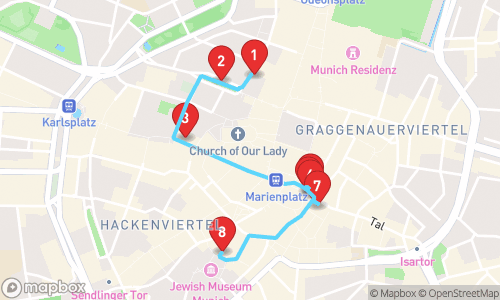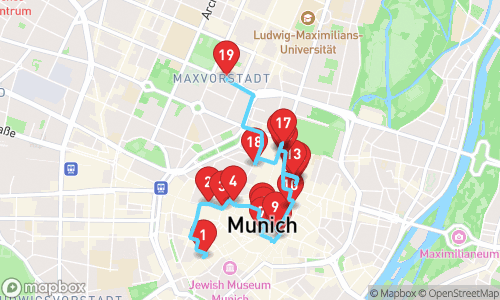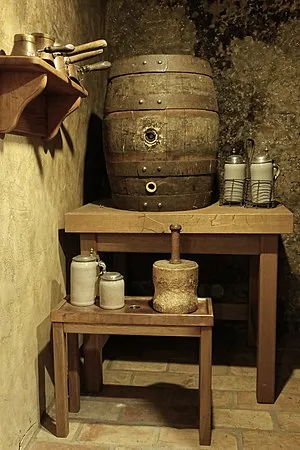
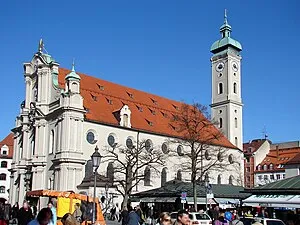

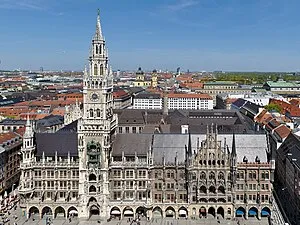
Historische Höhepunkte von München

Tour Guide
Jenny Multilingual
Welcome to München! On this GPS guided audio tour, we will visit 17 stops on a route of 2.86km. This tour focusses mainly on general tourism.
Locatello is an app where you can generate personal audio guided tours. Set your preferred distance, guide, language and theme, and a guided tour is created on the spot.
Walking Time
Distance
stops
Language
Tour Stops

Beer and Oktoberfest Museum
A museum showcasing the history of beer and Munich's Oktoberfest, opened in 2005 in an old town house from 1327. The building features a historic staircase with 43 steps on four floors.

Heilig-Geist-Kirche (München)
A Gothic hall church and hospital church in Munich, southern Germany, featuring Rococo frescoes and stucco ornament by the Asam brothers, and a tower with a lantern dome of characteristic Munich type. It was remodelled in the 18th and 20th centuries after suffering damage and destruction.
Audio Preview
30 sec
St. Peter's Church, Munich
A minor basilica in the inner city of Munich, St. Peter's Church is a Roman Catholic parish church with a 91-metre tower, commonly known as "Alter Peter," that is emblematic of the city.

New Town Hall
A neo-Gothic town hall serving as the home of the Mayor and city council, housing the council's legal library and accommodating small parts of the city administration.
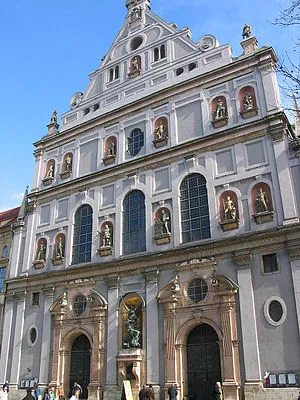
St. Michael's Church, Munich
A Renaissance church in Munich, southern Germany, the largest north of the Alps, built as a spiritual center for the Counter Reformation from 1583 to 1597.
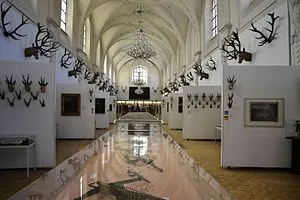
Deutsches Jagd- und Fischereimuseum
A museum showcasing the history of hunting and fishing in Germany and territories currently part of it, featuring exhibits of stuffed animals, fishing tackle, and hunting weapons over several centuries.
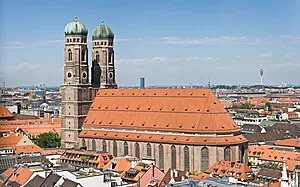
Frauenkirche
A Catholic cathedral featuring a unique bell combination, with ten bells from the 14th to 21st centuries, including one of the largest bells in Bavaria, cast in 1490.
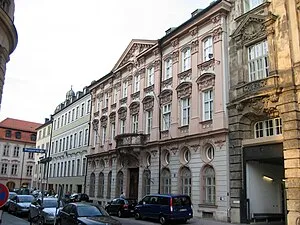
Palais Holnstein
A city palace, the Palais Holnstein was built between 1733 and 1737 in a Rococo style by François de Cuvilliés for Sophie Caroline von Ingenheim, a mistress of Charles VII, Holy Roman Emperor.

Kunsthalle der Hypo-Kulturstiftung
Kunsthalle der Hypo-Kulturstiftung: A contemporary art museum showcasing 108 exhibitions since its opening in 1985, featuring works by renowned artists such as Picasso, Rodin, and Gauguin, among others.
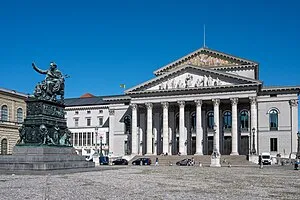
National Theatre Munich
A historic opera house, the National Theatre Munich is the home of the Bavarian State Opera, Bavarian State Orchestra, and the Bavarian State Ballet. It has a rich history, with its current third theatre building opening in 1963 to recreate Karl von Fischer's original neo-classical design.
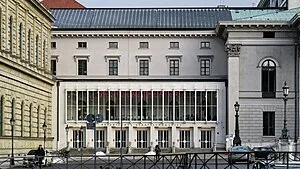
Residenz Theatre
A heritage playhouse built from 1950 to 1951 and renovated in 1981, housing the Bavarian State Theatre (Staatsschauspiel), one of the most important German-language theatres in the world.
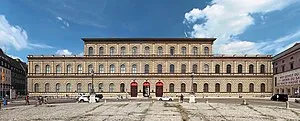
Munich Residence
A royal palace, the Munich Residence is a majestic complex featuring a range of architectural styles, from Renaissance to Baroque and Rococo, showcasing the grandeur of the House of Wittelsbach.
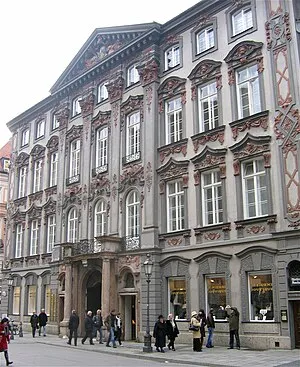
Palais Preysing
A late-Baroque mansion in Munich, built between 1723 and 1728, features Rococo style architecture and decorated stucco exterior walls. The mansion originally served as the residence of the Counts of Preysing and was restored after World War II, now housing shops and offices.
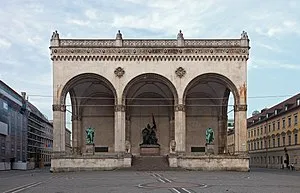
Feldherrnhalle
A monumental loggia on the Odeonsplatz, originally built to honour the tradition of the Bavarian Army, featuring statues of two military leaders and a sculptural group representing the victory over the French and the unification of Germany.

Theatine Church
A Catholic church in Italian high-Baroque style, built from 1663 to 1690, founded by Elector Ferdinand Maria and his wife Henriette Adelaide of Savoy.

Odeonsplatz
A cultural heritage ensemble, Odeonsplatz is a square in central Munich that hosts parades, public events, and demonstrations, named for the former concert hall, Odeon, on its northwestern side.

Palais Moy
A city palace with a complex history. Originally built in 1824-1825, it was destroyed during World War II, but rebuilt and renovated in the 1950s to its current form.
Download App
Experience this tour and many more with our mobile app. Available for iOS and Android.
Audio Preview
Tour Map
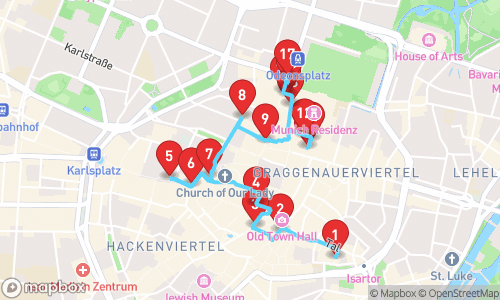
Quick Facts
- ✓GPS-guided navigation
- ✓Professional audio narration
- ✓Offline maps available
- ✓Premium content included
Why Choose This Tour
Expert Local Guide
Narrated by Jenny Multilingual, specializing in general tourism
Flexible Timing
Take the tour at your own pace, any time of day
